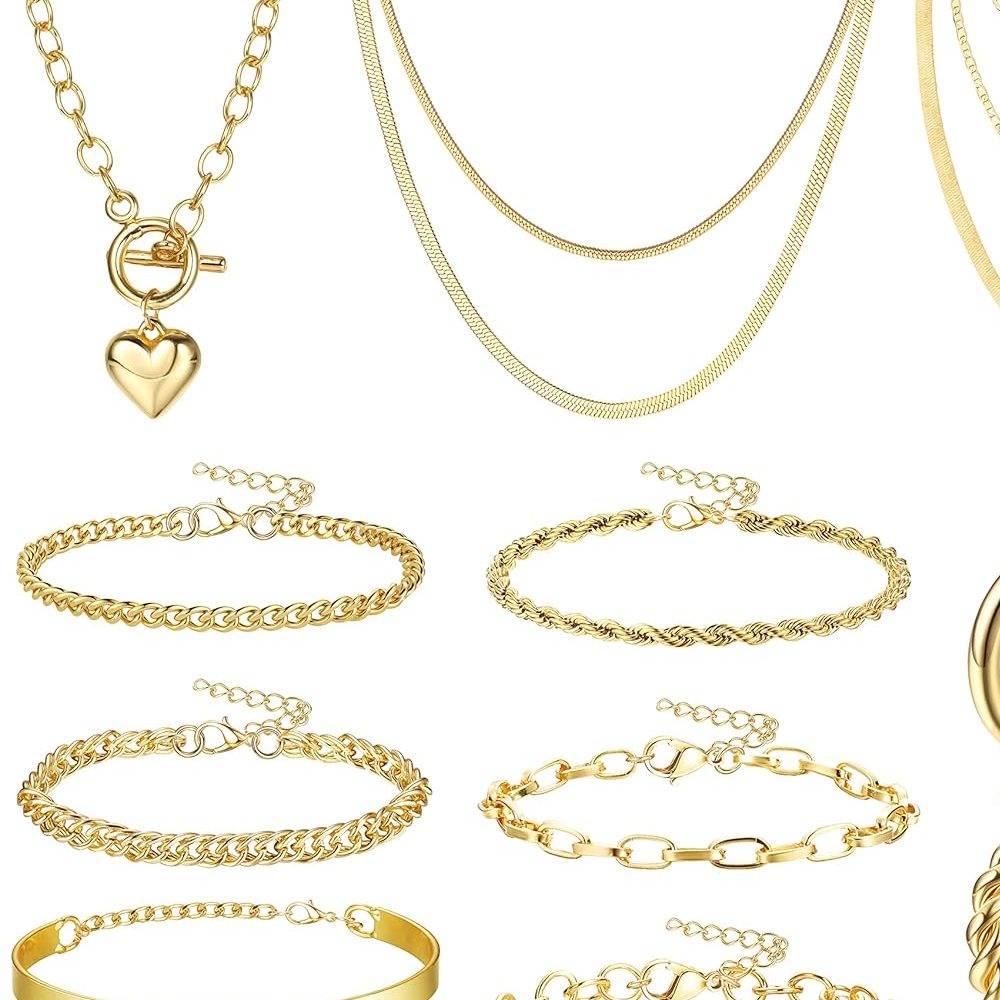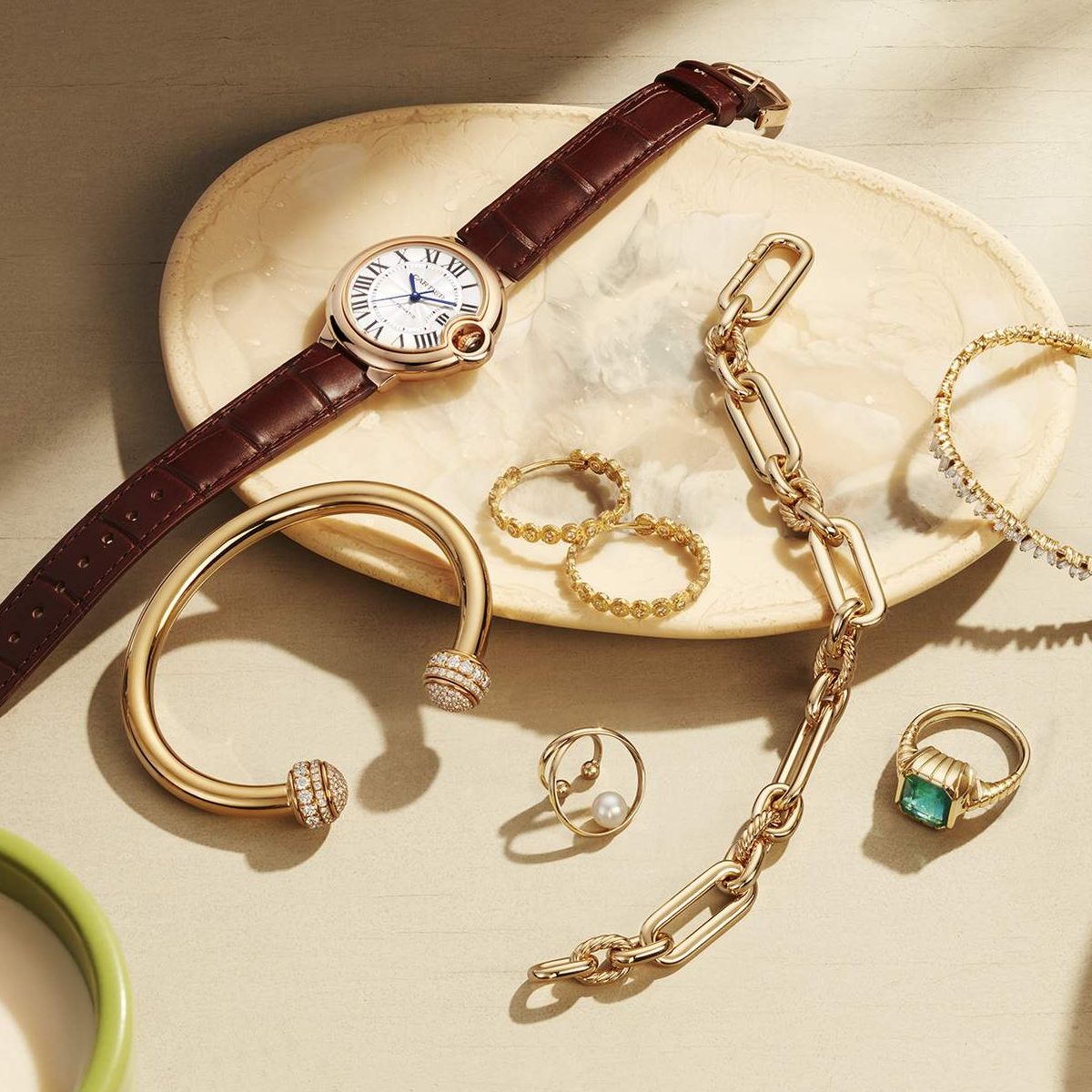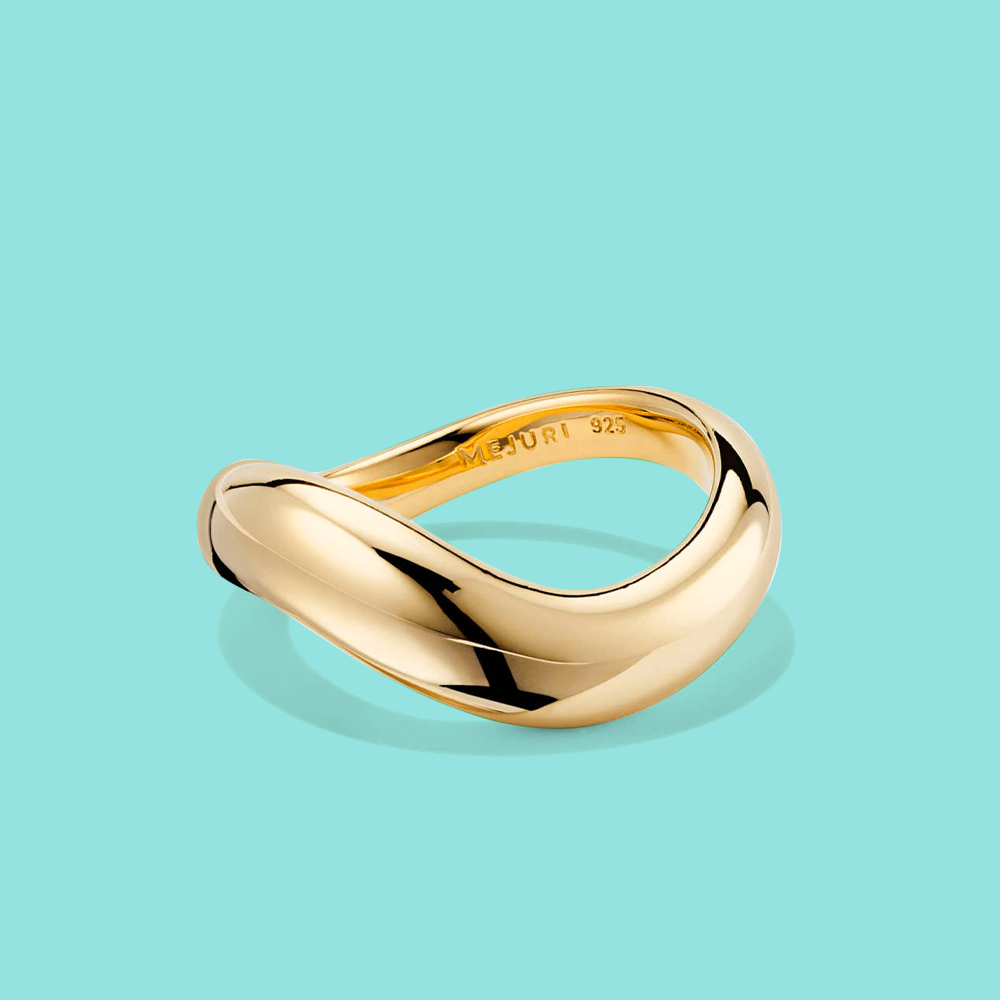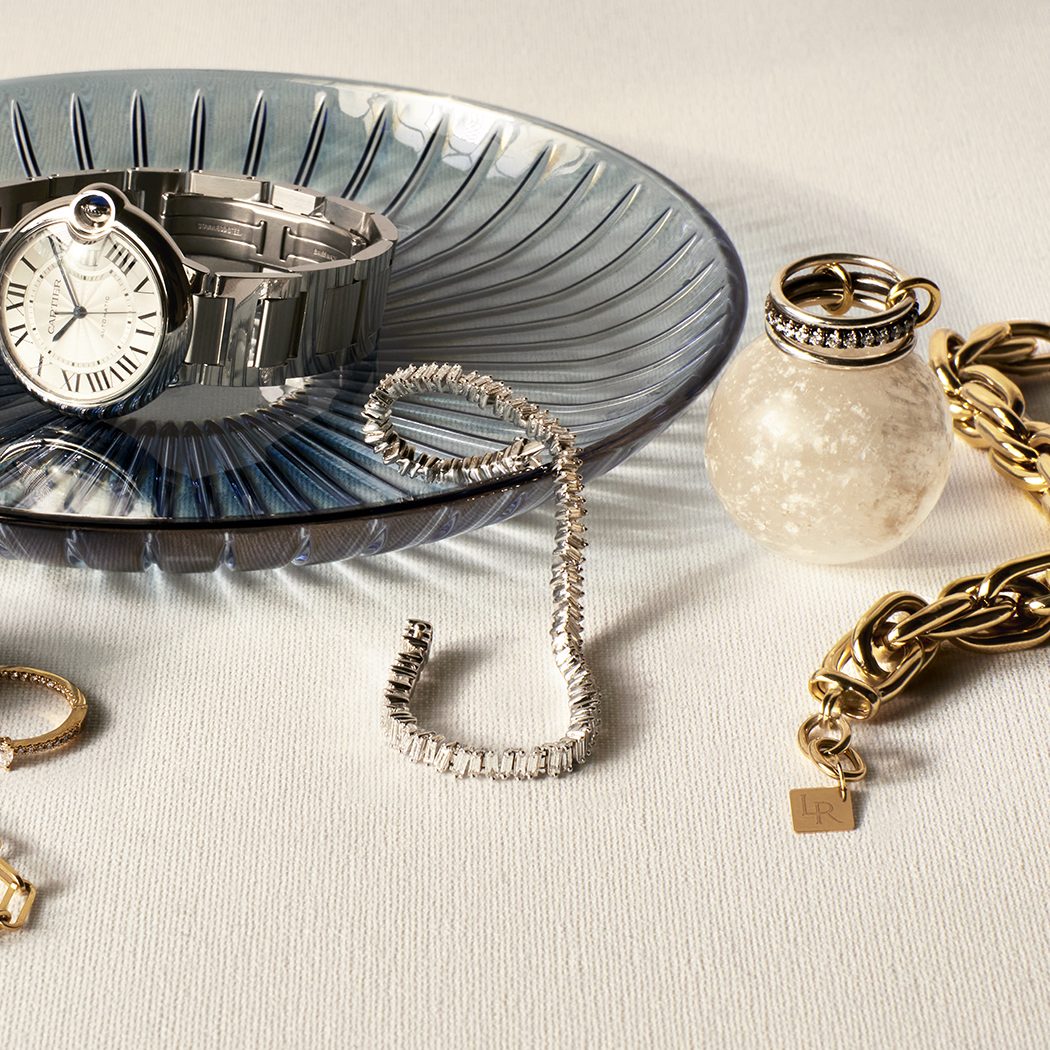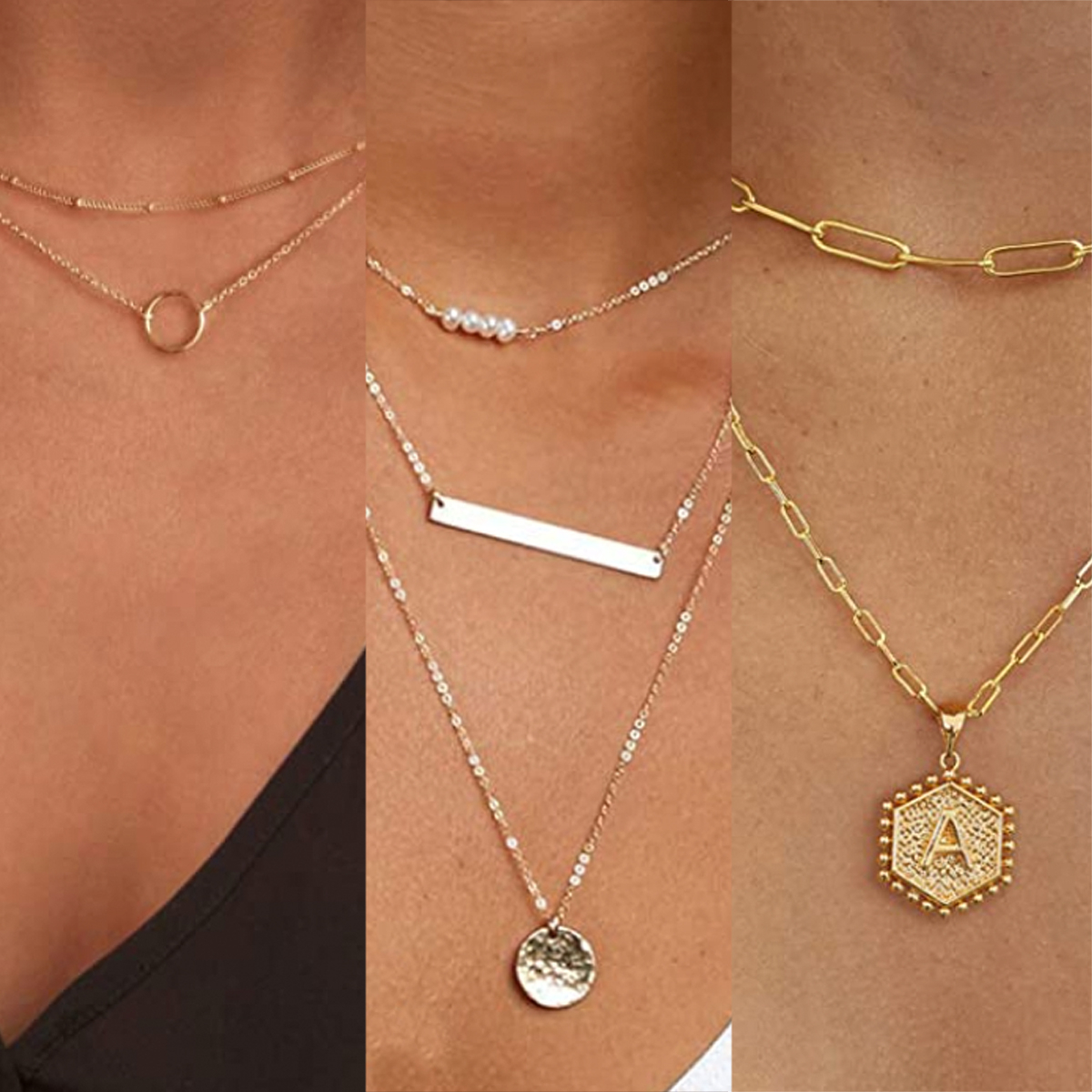Introduction to the Green Skin Phenomenon
Jewelry enthusiasts often encounter a perplexing issue: green discoloration on their skin after wearing certain pieces. This phenomenon, while common, raises questions about jewelry quality and skin reactions. The green tinge can appear unsightly and cause concern among wearers. Understanding the causes behind this discoloration helps in preventing and managing the issue. This guide delves into the science behind green skin from jewelry, exploring its causes, prevention methods, and implications for jewelry selection. By unraveling this mystery, jewelry lovers can make informed decisions about their accessories and skin care.
The Chemistry Behind the Green Tinge
The primary culprit behind the green skin phenomenon is a chemical reaction. This reaction occurs between metals in the jewelry and acids present on the skin. Copper stands out as the main offender in this process. When copper comes into contact with skin acids, it oxidizes. This oxidation produces copper chelates, a green compound responsible for the discoloration. Sweat, lotions, and natural skin oils can accelerate this reaction. The intensity of the green color varies based on individual body chemistry and environmental factors. Understanding this chemical process sheds light on why some people experience more pronounced discoloration than others.
Common Metals That Cause Skin Discoloration
Several metals commonly used in jewelry can contribute to skin discoloration. Copper tops the list as the most frequent cause of green skin. Brass, an alloy of copper and zinc, also frequently leads to this issue. Silver, while less prone to causing green discoloration, can sometimes leave a black or grey tinge. Nickel, often used in white gold and costume jewelry, may cause skin reactions but typically doesn’t turn skin green. Gold, especially higher karat varieties, rarely causes discoloration. However, lower karat gold containing higher percentages of other metals can sometimes lead to skin reactions. Identifying these problematic metals helps in selecting jewelry less likely to cause discoloration.
Factors Influencing the Intensity of Discoloration
Several factors affect the severity of skin discoloration from jewelry. Individual body chemistry plays a significant role. People with more acidic skin tend to experience more pronounced reactions. Humidity and temperature also influence the reaction. Hot, humid conditions increase sweating, accelerating the oxidation process. The duration of jewelry contact with the skin impacts discoloration intensity. Longer periods of wear, especially during activities that induce sweating, heighten the risk of green skin. Certain medications or dietary habits can alter body chemistry, potentially exacerbating the issue. Understanding these factors helps in predicting and managing skin discoloration from jewelry.
The Causes:
- Metal Allergies: One of the primary reasons jewelry can turn skin green is an allergic reaction to certain metals. Base metals such as copper, brass, and nickel are common culprits. When these metals come into contact with skin, they can react with natural acids, sweat, and moisture, leading to a chemical reaction that discolors the skin.
- Oxidation and Tarnishing: Metals like copper, bronze, and brass are prone to oxidation. When exposed to air, these metals react and form a layer of tarnish on the surface. This can transfer onto the skin, causing it to turn green.
- pH Level Imbalance: The pH level of an individual’s skin can vary. When the pH level is acidic, it can cause a reaction with certain metals, resulting in skin discoloration. Factors such as sweat, lotions, and other skincare products can alter the pH level of the skin.
- Surface Coatings: Some jewelry, particularly low-cost or fashion jewelry, may have a thin layer of plating or coating that can wear off over time. Once the plating wears off, the base metal underneath, often copper or nickel, can react with the skin, causing it to turn green.
Solutions:
- Choose Hypoallergenic Metals: Opt for jewelry made from hypoallergenic metals such as sterling silver, gold (14k or higher), titanium, or surgical stainless steel. These metals are less likely to cause allergic reactions and skin discoloration.
- Apply a Protective Barrier: Before wearing jewelry, apply a thin layer of clear nail polish or a jewelry-specific barrier product, such as jewelry sealants, to create a protective barrier between the metal and your skin. This helps prevent direct contact and any potential reaction.
- Remove Jewelry during Physical Activity: Take off jewelry, especially those made of base metals or coated jewelry, during activities that generate sweat or involve prolonged exposure to water. Moisture can accelerate the discoloration process.
- Clean and Maintain Jewelry: Regularly clean your resin jewelry, especially pieces prone to tarnishing, using appropriate cleaning methods and solutions. Remove any tarnish or residue that can transfer onto the skin. Avoid cleaning methods that involve harsh chemicals or abrasives that may damage the jewelry.
- Consider Replacing Problematic Jewelry: If you consistently experience skin discoloration and discomfort when wearing certain jewelry, even after taking preventative measures, it may be best to replace those pieces with hypoallergenic options or higher-quality jewelry made from more skin-friendly materials.
What types of jewelry are there?
Jewelry has been worn and admired for centuries, coming in a wide array of styles, designs, and materials. From dainty earrings to statement necklaces, there is a type of jewelry for every taste and occasion.
-
Necklaces:
Necklaces are a versatile and timeless pandora jewelry piece that adorns the neck. They come in various lengths, materials, and designs. Here are some popular necklace types:
- Pendant Necklace: A pendant necklace features a decorative element or charm (pendant) suspended from a chain.
- Strand Necklace: A strand necklace consists of multiple beads, pearls, or gemstones arranged in a straight line.
- Choker: A choker is a close-fitting necklace that hugs the neck and typically rests at the base of the neck or slightly above.
- Lariat Necklace: A lariat necklace does not have a clasp; instead, it features a long chain or cord that can be looped, wrapped, or knotted in various ways.
-
Earrings:
Earrings are worn on the earlobes or other parts of the ear, adding style and enhancing facial features. They come in a variety of styles, from subtle studs to bold statement pieces. Here are some commonly worn earring types:
- Stud Earrings: Simple and timeless, stud earrings feature a single gemstone, bead, or metal piece that sits directly on the earlobe.
- Hoop Earrings: Hoop earrings are circular or semi-circular in shape and attach to the earlobe with a latch or wire.
- Dangle Earrings: Dangle earrings hang below the earlobe, featuring decorative elements that move or dangle when worn.
- Ear Cuffs: Ear cuffs wrap around the outer edge of the ear, creating the illusion of multiple piercings without the need for additional holes.
-
Rings:
Rings are worn on the fingers and can symbolize various meanings such as love, commitment, or personal style. Here are some popular ring types:
- Engagement Rings: Engagement rings typically feature a gemstone, most commonly a diamond, and are given as a symbol of commitment and love.
- Wedding Bands: Wedding bands, often matching in design, are exchanged during marriage ceremonies as a token of eternal love and commitment.
- Statement Rings: Statement rings are bold, eye-catching pieces that feature intricate designs, large gemstones, or unique shapes.
- Birthstone Rings: Birthstone rings incorporate gemstones that correspond to the birth month of the wearer, representing personal significance and connection.
-
Bracelets:
Bracelets are worn around the wrist and can be simple or elaborate, adding elegance and charm to the wearer’s style. Here are some common types of bracelets:
- Bangle Bracelets: Bangle bracelets are rigid, circular bracelets that slip over the hand and rest comfortably on the wrist.
- Charm Bracelets: Charm bracelets are personalized with decorative charms that symbolize significant events, memories, or interests.
- Tennis Bracelets: Tennis bracelets consist of a continuous line of gemstones, typically diamonds, set in a chain-like design.
- Cuff Bracelets: Cuff bracelets are wide and rigid, encircling the wrist with intricate patterns or designs.
Conclusion:
The future of jewelry design is likely to see continued focus on skin compatibility. Research into new alloys and materials that combine aesthetic appeal with minimal skin reactivity is ongoing. Advancements in nanotechnology may lead to more effective protective coatings for jewelry. Personalized jewelry based on individual skin chemistry could become more prevalent. Wearable technology integrated into jewelry may offer real-time monitoring of skin reactions. Sustainable and biocompatible materials are likely to gain more prominence in jewelry design. These trends suggest a future where jewelry not only adorns but also harmonizes with the wearer’s skin, minimizing issues like discoloration and allergic reactions.
The phenomenon of jewelry turning skin green can be attributed to metal allergies. Oxidation and tarnishing, pH level imbalances, and surface coatings. By understanding the underlying causes and employing preventative measures such as choosing hypoallergenic metals. Applying protective barriers, and properly maintaining diamond chain. You can prevent skin discoloration and continue to enjoy wearing your favorite pieces. While some solutions may involve replacing problematic jewelry. There are always alternative options available that prioritize your comfort and enjoyment while maintaining your personal style.
